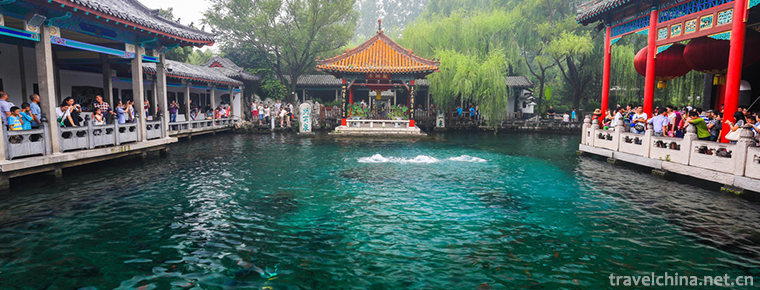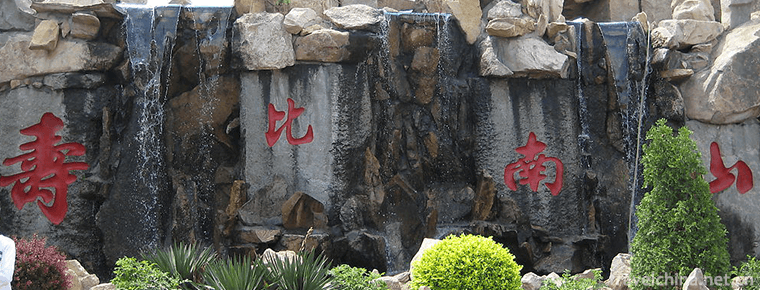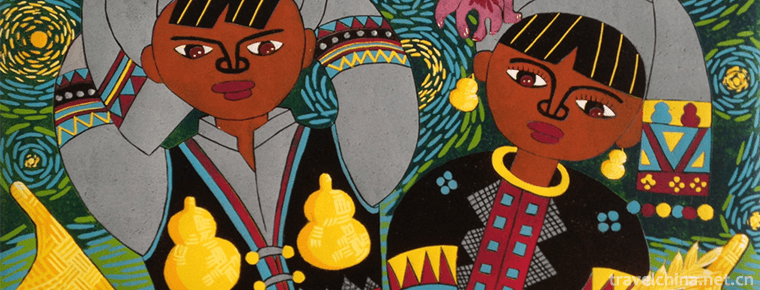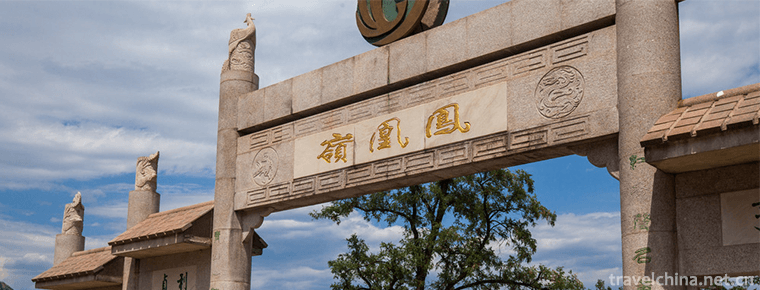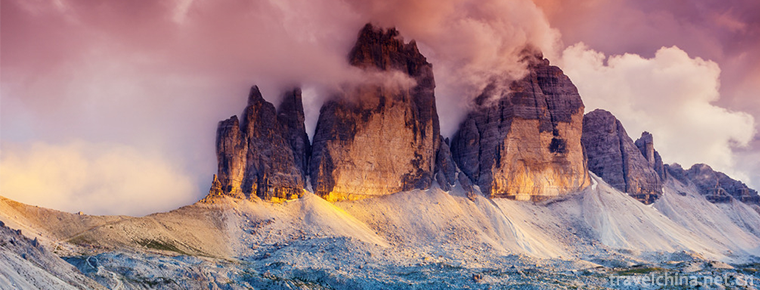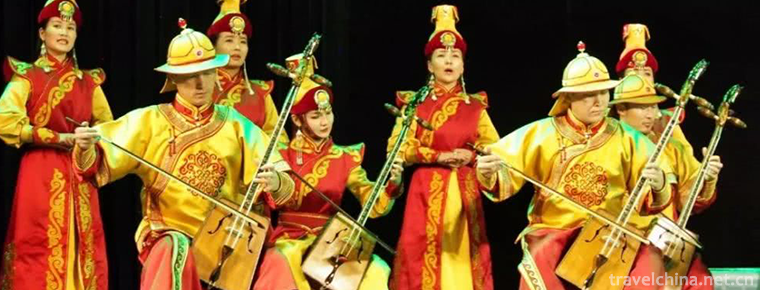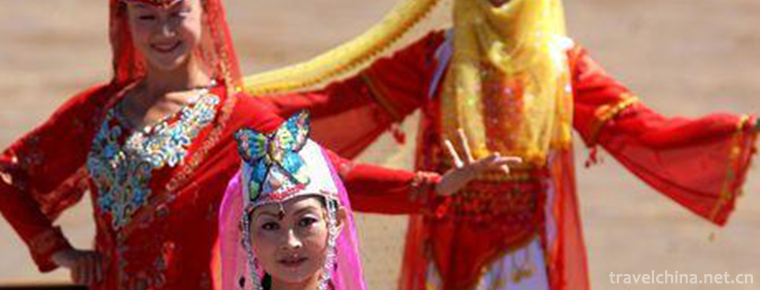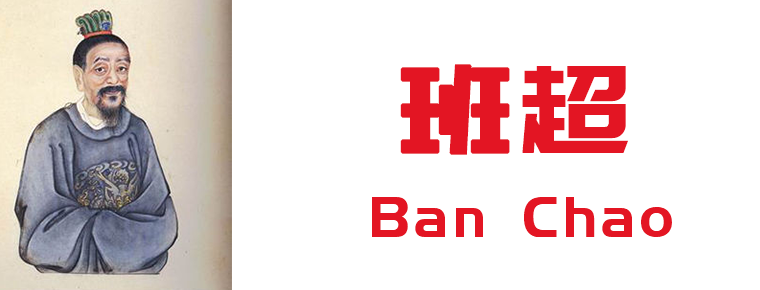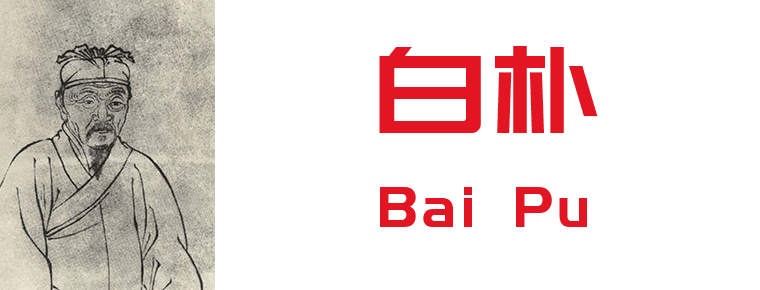Tianmenshan Mountain tourist area
Tianmen Mountain Scenic Area, located in the southern suburb of Zhangjiajie City, 8 kilometers, is a national 5A-level tourist area, a mountain-type natural scenic spot. The total area is 96 square kilometers and the peak area is 2 square kilometers. The main peak of Tianmen Mountain Scenic Area is 1518.6 meters above sea level. It is the highest mountain in Zhangjiajie. It was called Songliang Mountain in ancient times, also known as Mengshan and Fanghu Mountain.
geographical environment
geographical position
Tianmenshan National Forest Park is located in Yongding District, Zhangjia City, with a total area of 3037.3 hectares. It is the second National Forest Park in Zhangjiajie City, with the highest elevation of 1518.6 meters and the lowest elevation of 161 meters.
topographic features
Tianmen Mountain, with an elevation of 1350 - 1500 meters, is a complete synclinal tectonic unit with typical mountain karst platform Fenglin Canyon landform. The mountain is a karst terrace cliff landscape, and the mountain is a karst peak forest Canyon landscape. The mountains are full of karst hills, stone buds, depressions, funnels and caves.
Climatic characteristics
Tianmen Mountain belongs to the prototype monsoon climate of the middle subtropical mountains. It has the climate characteristics of warm and cool, humid and foggy, and no obvious summer. Daily temperature is about 6-8 degrees lower than that in urban areas, but the sunshine time is 12-14 hours. Because of the difference in height and temperature, the four seasons of daily life have evolved into two seasons in Tianmen Mountain. There is no hot summer here, only warm spring. Every year from May to October, Tianmen Mountain is shrouded in a strong sense of spring. Every year since November, Tianmen Mountain has entered winter.
natural resources
A total of 1649 species of seed plants belonging to 701 genera and 161 families were recorded in Tianmen Mountain Park, including 6 families, 8 genera and 12 species of gymnosperms and 1637 species of 693 genera and 155 families of angiosperms. Dayong Goose Ear Maple and Tianmen Mountain Rhododendron are new tree species discovered by experts in Tianmen Mountain in 1985 and 2006 respectively.
Main attractions
Tianmen open Scenic Area
Tianmen Dongkai Scenic Area, located in the middle and upper part of the Tianmen Mountain, is 1300 meters above sea level. It is the only one not on the top of the four scenic spots in the whole mountain. Tianmen Cave Scenic Spot is named for Tianmen Cave, and Tianmen Cave in Tianmen Mountain is the most representative scenic spot.
Upper ladder
A total of 999 steps up the ladder, is the way to access the gate of heaven, but also the wishes and prayers of the spiritual land.
Tianmen Cave
Tianmen Cave is the highest natural karst cave in the world. In the six years of Wu Yongan (263 A.D.), the 1000-meter cliff of Songliang Mountain opened like a door to the sky inlaid in the curtain of heaven, which became a rare wonder in the world. Songliang Mountain was renamed Tianmen Mountain.
Tianmen Mountain Cableway (Hongsuo Longxiang)
Tianmen Mountain Cableway, the longest passenger ropeway in the world, has 98 sedan cars and 57 ropeway brackets (including 3 ambulance brackets), all of which are imported from POMA Company of France.
the broad road tO horizon
Tongtian Avenue is named for its access to Tianmen Cave. It is 10.77 kilometers long and winding 99 bends. Every 9 bays, there is a stone tablet as a symbol. 99 bays are closing to the sky with the meaning of nine clouds. It is one of the ten scenic spots in Tianmen Mountain.
Stone Forest in the Air--Bonsai View
Tianmen Mountain is a complete syncline tectonic unit in geology, with typical mountain karst platform Fenglin Canyon landform developed.
Scenic area of Bi Ye Yao Tai
As a national forest park, the top of Tianmen Mountain has complete virgin forest, and the core protected area of virgin forest is Yaotai Scenic Area in Biye. Here, mossy rocks can be seen everywhere, rare tree species and precious medicinal materials are also found from time to time. The whole scenic area is like a natural bonsai. Tourists can enjoy the fun of nature as they walk along the winding road. Biye Yaotai Scenic Area, located in the eastern part of the top of the mountain, is characterized by natural scenery. It has more than 20 scenic spots. It is the largest of the four scenic spots in Tianmen Mountain.
hippocrene
Lingquan, known as the "Shenquan" by the local people, springs gushed from the rock crevices and never dried up for many years. Lingquan Courtyard of Lingquan Courtyard, which is cool and sweet, was named for Lingquan. It was built in the Tang Dynasty, where Zhou Pu, a virgin, once lived in seclusion.
Yunmeng fairy top
Yunmeng Xianding is one of the sixteen peaks of Tianmen Mountain.
Primary secondary forest
Tianmen Mountain has a complete primitive sub-forest, full of wild interest throughout the year, is a rare "primitive sky garden".
North overlooking the heavenly gate
The confrontation between Tianmen in the north and Tianmen in the south is also an excellent angle for a clear view of Tianmen Cave.
Cherry bay
Cherry Bay Square is the intersection of the three sub-scenic spots on the top of Tianmen Mountain, the convergence point of the East and West lines and the Tianmen Mountain Temple Tour Line, and also one of the two service areas on the top of Tianmen Mountain.
Looking for fairyland
Searching for fairyland scenic spot, located in the west of the top of the mountain, is the birthplace of "hermit culture" and "fairy mountain culture" in Tianmen Mountain.
Request hole
Qier Cave is one of the sixteen caves in Tianmen Mountain. Folk legend tells us that Goddess of Mercy is sacred here. If you wish, you can ask for your children.
Watching ghost Valley cave
Ghost Valley Cave, one of the sixteen caves in Tianmen Mountains, was once home to study Yi.
Closure
The core scenic spots on the western route.
Soar to the skies
Together with Yunmeng Xianding, it is one of the two main landscapes of Tianmen Mountain, the core scenic spot of the western route.
Ghost Valley plank road
The whole length of the trestle road is 1600 meters, with an average elevation of 1400 meters. The starting point is Yihongguan and the ending point is Xiaotianmen. Unlike other trestle roads, the whole line of Ghost Valley Trestle Road is neither on the top of the cliff nor on the side of the cliff, but in the middle of the Wanzhang Cliff.
Glass plank road
The glass trestle road is 60 meters long and 1430 meters above sea level.
Sky bounded Buddhist scenic spot
Tianjie Buddhist Kingdom Scenic Spot is located in the south of the top of Tianmen Mountain. It is the core area of "Buddhist culture" in Tianmen Mountain. The most important scenic spot is Tianmen Mountain Temple.
Su Zhai Lou
Located next to Tianmen Mountain Temple in Tianjie Buddhist Kingdom Scenic Area, it is a catering service project specially built for Tianmen Mountain Temple. It will gather the essence of Suzhai Temple.
Humanistic history
Tianmen Mountain, opposite Zhangjiajie City, was not called Tianmen Mountain in its early years, but Songliang Mountain. Because the mountain looks like a copper pot, it is also called Hutou Mountain. It is also called Yuping Mountain because it rises like a screen on the South Bank of Lishui. The reason why it is called Tianmen Mountain is that it was renamed Tianmen Mountain after opening a stone wall cave.
As early as in the Three Kingdoms, Zhangjiajie did not have a county, only an Acropolis named Dayongwei, which was under the jurisdiction of Cili County, Wuling County, and belonged to the territory of Wu State. Songliang Mountain is a scenic spot of Wu State. In the six years of Wu Yongan, the Three Kingdoms (263 A.D.), a heavenly gate suddenly collapsed on the cliff of Songliang Mountain, which was ten thousand feet high.
When Dayong people saw Songliang cave open, a heavenly gate appeared, and there was a lot of controversy. People in the city think that this is an auspicious sign. They think that when Songliang cave opens and purple air comes east, Dayong will surely be blessed to come. So many people crawled to the ground and begged for auspicious luck. A Taoist in the city, when he saw the opening of Songliang Cave, was frightened to the earth. He wailed bitterly, shouted at the heavens and was furious. Songliang collapsed, and Dayong's fortune flew empty and empty. From then on, Dayong would not be peaceful.
Someone reported the news to Sun Xiu, king of Wu. When Sun Xiu came to the scene, he laughed and said, "This is a sign of auspiciousness. "The Wuling County will be cut in half and Tianmen County will be set up in Dayong. From then on, Songliang Mountain was renamed Tianmen Mountain.
Public transportation
The railway station takes buses No. 6 and No. 5 and can reach the next station of Tianmenshan Cableway within 5 minutes.
The airport takes bus No. 4 and can reach the next stop of Tianmenshan Cableway in 8 minutes.
Bus stops on buses No. 4, No. 5 and No. 10 can reach the next stop of Tianmenshan Cableway within 10 minutes.
Sightseeing route
Take the world's longest mountain passenger ropeway - Tianmen Mountain ropeway, direct to the top of Tianmen Mountain, visit the eastern Biye Yaotai scenic spot, visit the bonsai stone area, Tianmen water, North overlooking Tianmen, Lingquan, Lingquan Courtyard, climb Yunmengxian Peak, experience the heroic feeling of "Yunsheng foot, Qifeng full view, in the eyes of all things". In the primitive forest core reserve, we will watch the rare plants such as Davidia involucrata and Dayong Geerfeng. Then we will visit the Woodstone Margin Landscape Belt, appreciate the Woodstone Love Wonder, and arrive at Cherry Bay Service Area for rest.
From Cherry Bay to Qiuer Cave, one of the "Sixteen Caves of Tianmen", we can see Guigu Cave in the sights of Guigu Cave, comprehend the depth of ancient philosophical thought in "Yihe". We can see the wonderland and stone landscape belt and Xiaotianmen. Then we can visit Wild Fuzangbao, Guigu Bingpan, Guigu Tiancave and Yihongguan. View the landscape of Zhangjiajie downtown and its surrounding area at Lingxiaotai, then take the ropeway down the mountain.
Take the environmental protection vehicle, feel "the world's first highway spectacle" Tongtian Avenue, along the way to enjoy the Seven-level waterfall, turtle Yuanbao, General Peak, Arrow Peak and other landscapes. Arrive on the ladder, climb the ladder of 999 steps and reach the bottom of Tianmen Cave.
Honors
In September 2005, Tianmen Mountain was selected as "China's Best Forest Park" by the Asia-Pacific Tourism Federation and the World Overseas Chinese Tourism Cooperation Organization.
In March 2006, more than 30 media, such as Netease and Global Travel Newspaper, jointly selected "50 places that are most worthy of foreigners to visit in China". Tianmen Mountain won the gold medal alongside top Chinese tourism brands such as the Great Wall, Terracotta Warriors and Horses, Huangshan, Taishan and Dunhuang.
On August 20, 2007, Tianmen Mountains Tourist Scenic Spot was assessed as National 4A Tourist Scenic Spot by National Tourist Scenic Spot Quality Grading Committee.
On August 12, 2008, Tianmen Mountain successfully passed the provincial preliminary evaluation of the establishment of AAAAA scenic spot.
On September 5, 2011, it was officially qualified as 5A scenic spot, and on September 6, it was officially awarded a licence in Beijing.
Fare information
Peak season (March 1-November 30): 258.00
yuan (including round-trip cableway, environmental protection vehicle)
Off-season (December 1-February 28): 225.00 yuan (including roundtrip cableway)
Tourism project
On April 28, 2017, Tianmen Mountain Scenic Area opened a helicopter air tour tourism project. Helicopters take off the first batch of tourists from the apron at the foot of Tianmen Mountain and fly 360 degrees around Tianmen Mountain. Along the way, you can enjoy Tianmen Cave, glass trestle, Tianmen Mountain Temple and other scenic spots, and experience the visual experience of aerial overlooking.
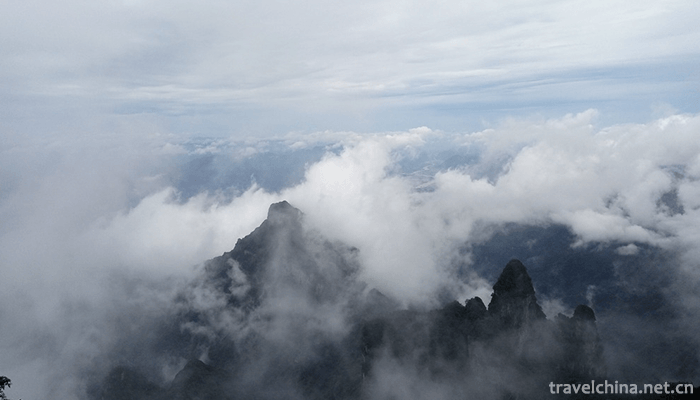
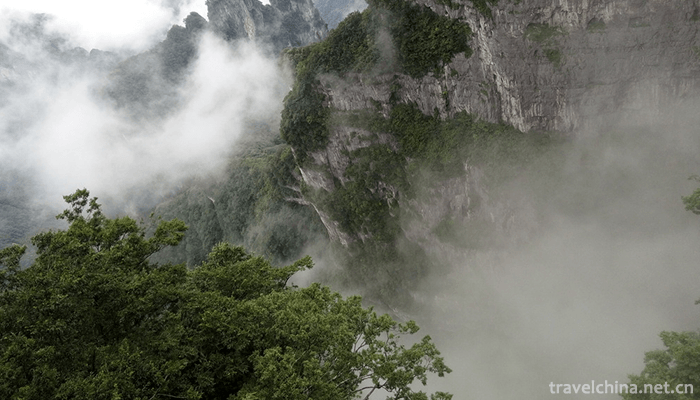
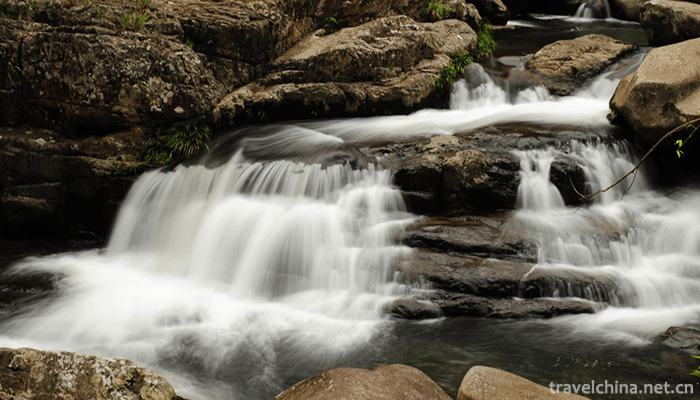
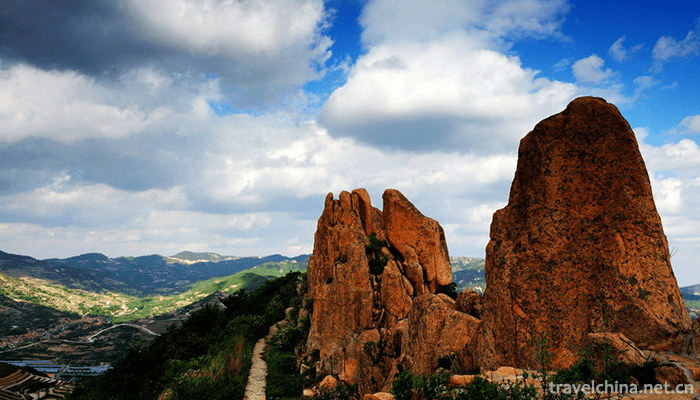
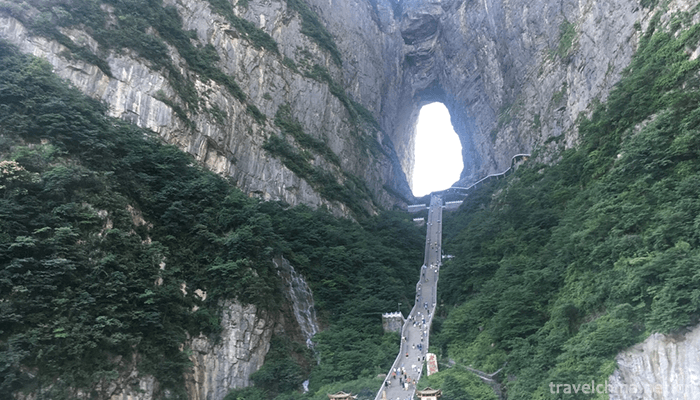
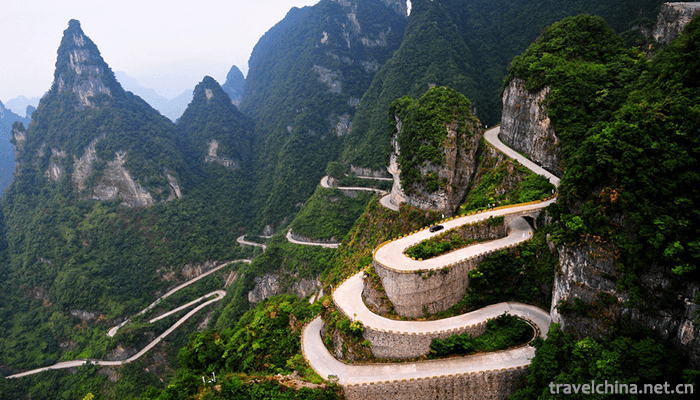
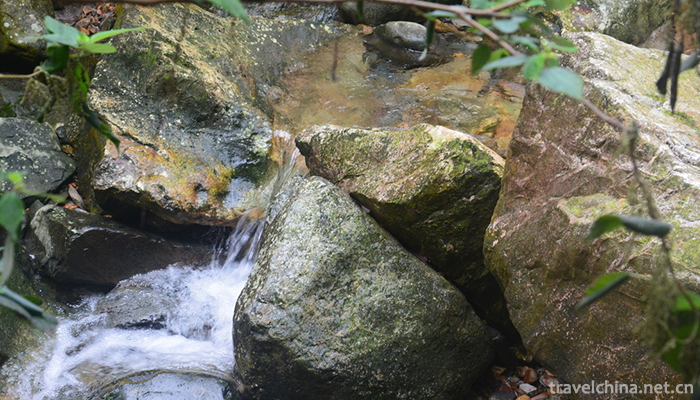
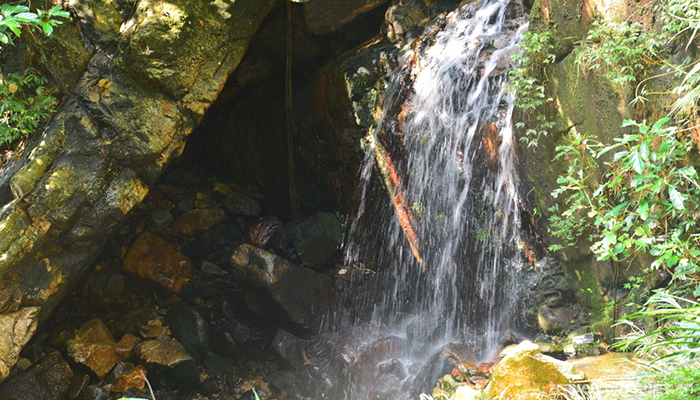
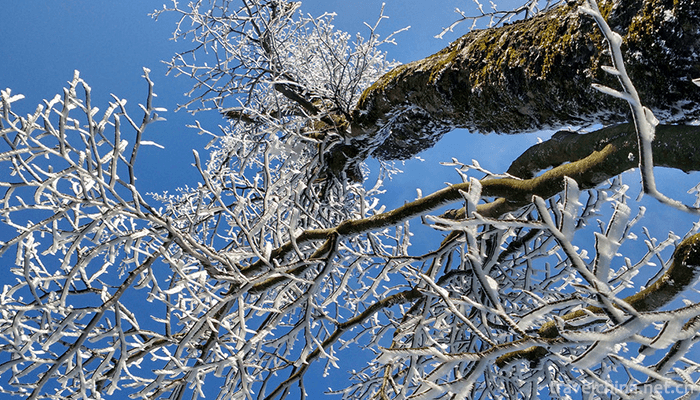

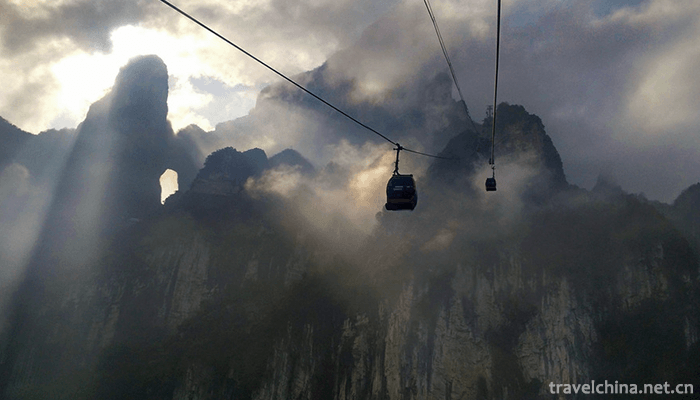
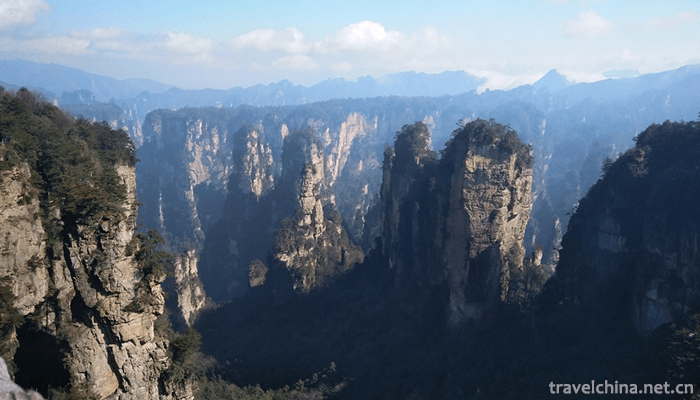
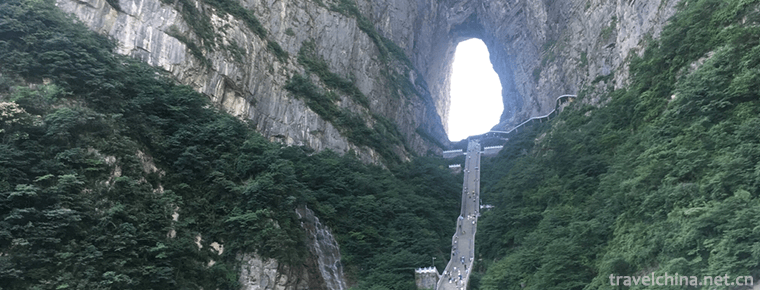
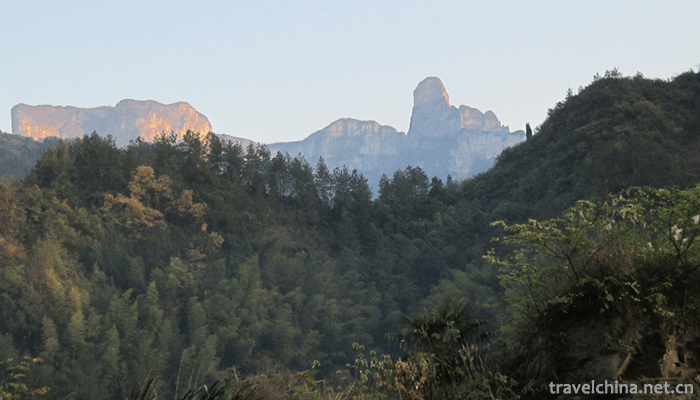
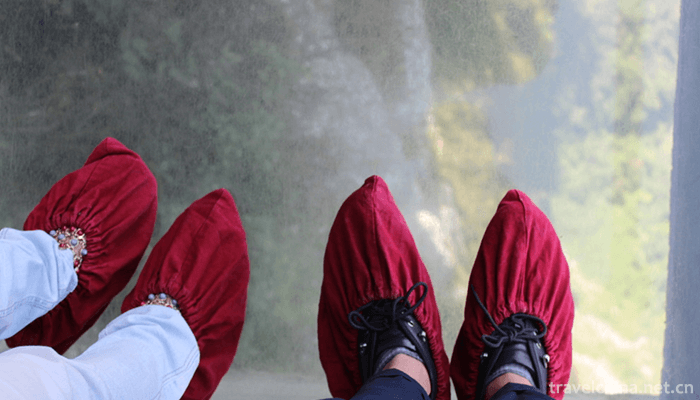
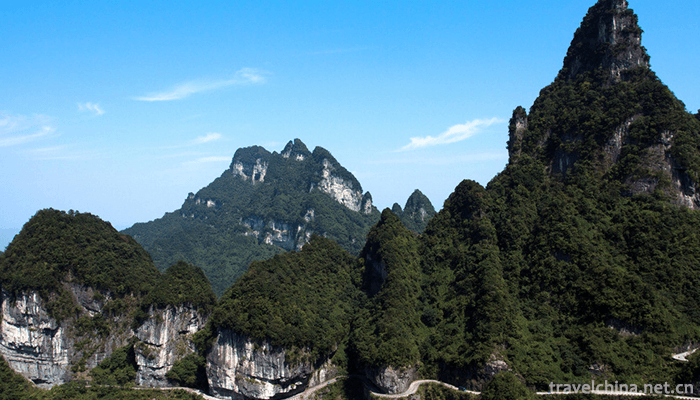
Tianmenshan Mountain tourist area
-
Jinan World First Spring Scenic Area
Jinan World No. 1 Spring Scenic Area, located in the center of Jinan City, Shandong Province, is a national AAAAA-level tourist attraction, national key park, advanced unit of national spiritual civil
Views: 204 Time 2018-12-08 -
Longkou Nanshan Scenic Area
Nanshan tourist scenic spot is located in the beautiful scenery of Lu Shan in Longkou City, Yantai City, Shandong province. The scenic spots of Nanshan Temple
Views: 145 Time 2018-12-08 -
Mupa Mipa
Mupa Mipa, a local traditional folk literature in Simao City, Yunnan Province, is one of the national intangible cultural heritage.
Views: 377 Time 2018-12-15 -
Fenghuangling Natural Scenic Park
Beijing Fenghuangling Natural Scenic Park is China's National AAAA Scenic Area. The scenic spot is located in the northwest of Haidian District, 51 kilometers away from Tiananmen straight line
Views: 203 Time 2018-12-26 -
Qinghai Kekexili National Nature Reserve Hoh Xil
The Kekexili National Nature Reserve in Qinghai Province is located in the western part of Yushu Tibetan Autonomous Prefecture with a total area of 4.5 million hectares
Views: 216 Time 2019-01-29 -
Asil Lysi
"Asr" is the abbreviation of "Asru Winder" in Mongolian, and its translation is of great significance. Asr is a kind of Mongolian court music, which has a unique national style and
Views: 252 Time 2019-03-28 -
Copying and Reproducing Skills of Ancient Calligraphy and Painting
Ancient painting and calligraphy copying technology, the traditional copying technology of Beijing Palace Museum, one of the national intangible cultural heritage.
Views: 257 Time 2019-05-01 -
Loba Costume
Clothing custom is an important manifestation of human material and spiritual cultural life, with a long history. The Loba people live in dozens of rivers and valleys in the vast Loba area, which are
Views: 536 Time 2019-05-15 -
Salar Folk Songs
There are many kinds of Salar folk songs. In the course of long-term historical development, they have formed colorful and distinctive musical forms and singing styles. Salar folk songs keep the ancie
Views: 166 Time 2019-06-12 -
Ban Chao
Ban Chao (32 - 102 years), the word Zhong Sheng. Fufeng County Ping Lingxian County (now) Shaanxi People in Northeast Xianyang. Eastern Han Dynasty Famous time Militarist Diplomats, historian Ban Bi T
Views: 238 Time 2019-09-06 -
Bai Pu
Bai Po (1226 - about 1306), formerly known as "Heng", Ren Fu, later renamed Pu, the word is too plain, Lanlan Valley, Han nationality, ancestral home state (now Shanxi) Hequ ) Nanjing's Kaif
Views: 213 Time 2019-09-11 -
Transportation in Mianyang
By the end of 2018, Mianyang had 20146 km of highways, 412 km of expressways, 268 km of Railways and 57 civil aviation routes.
Views: 173 Time 2020-12-14
